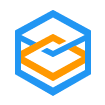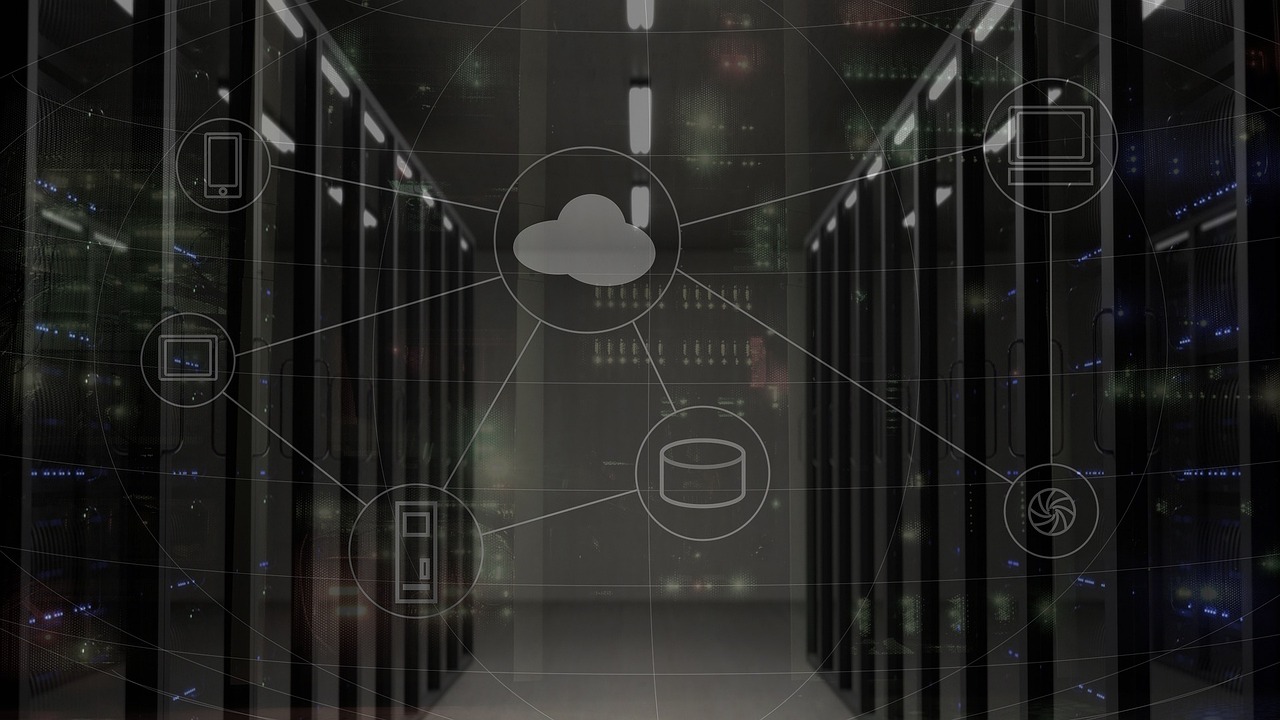How to Avoid Common Cloud Security Mistakes and Manage Cloud Security Risk
Cloud computing has become a dominant trend in the IT industry, offering many benefits such as scalability, flexibility, cost-efficiency, and innovation. However, cloud computing also introduces new challenges and risks for security and compliance. According to a recent report by LogicMonitor, 87% of global IT decision-makers agree that cloud security is a top priority for their organization, but only 29% have complete confidence in their cloud security posture.
Moreover, the report reveals that 66% of respondents have experienced a cloud-related security breach in the past year, and 95% expect more cloud-related security incidents in the future.

Therefore, enterprises need to adopt best practices and strategies to avoid common cloud security mistakes and manage cloud risk effectively.
We are going to review now some of the most common cloud security mistakes made by enterprises, and how to prevent or mitigate them. We will also discuss how to adopt a shared fate approach to manage cloud risk, which is a concept proposed by Google Cloud Security.
Common Cloud Security Mistakes
Some of the most common cloud security mistakes made by enterprises are:
• Lack of visibility and control: Many enterprises do not have a clear understanding of their cloud assets, configurations, dependencies, and vulnerabilities. They also do not have adequate tools and processes to monitor, audit, and enforce their cloud security policies and standards. This can lead to misconfigurations, unauthorized access, data leakage, compliance violations, and other security issues.
• Lack of shared responsibility: Many enterprises do not fully comprehend the shared responsibility model of cloud security, which defines the roles and responsibilities of the cloud provider and the cloud customer. They either assume that the cloud provider is responsible for all aspects of cloud security, or that they are responsible for none. This can result in gaps or overlaps in cloud security coverage, as well as confusion and conflicts in case of a security incident.
• Lack of skills and expertise: Many enterprises do not have enough skilled and experienced staff to handle the complexity and diversity of cloud security challenges. They also do not invest enough in training and education to keep up with the evolving cloud security landscape. This can result in human errors, poor decisions, delayed responses, and missed opportunities.
• Lack of automation and integration: Many enterprises rely on manual processes and siloed tools to manage their cloud security operations. They also do not leverage the automation and integration capabilities offered by the cloud platform and third-party solutions. This can result in inefficiency, inconsistency, redundancy, and scalability issues.
• Lack of governance and compliance: Many enterprises do not have a clear and consistent framework for governing their cloud security strategy, objectives, policies, procedures, roles, and metrics. They also do not have a systematic approach to ensuring compliance with internal and external regulations and standards. This can result in misalignment, confusion, duplication, and non-compliance.
How to Prevent or Mitigate Common Cloud Security Mistakes
To prevent or mitigate these common cloud security mistakes, enterprises should adopt the following best practices and strategies:
• Gain visibility and control: Enterprises should use tools and techniques such as asset inventory, configuration management, dependency mapping, vulnerability scanning, threat detection, incident response, and forensics to gain visibility and control over their cloud environment. They should also implement policies and standards for securing their cloud resources, such as encryption, authentication, authorization, logging, backup, recovery, etc.
• Understand shared responsibility: Enterprises should understand the shared responsibility model of cloud security for each cloud service model (IaaS, PaaS, SaaS) and each cloud provider they use. They should also communicate and collaborate with their cloud providers to clarify their respective roles and responsibilities, as well as their expectations and obligations. They should also review their contracts and service level agreements (SLAs) with their cloud providers to ensure they cover their security requirements.
• Build skills and expertise: Enterprises should hire or train staff who have the necessary skills and expertise to manage their cloud security challenges. They should also provide continuous learning opportunities for their staff to update their knowledge and skills on the latest cloud security trends and technologies. They should also seek external help from experts or consultants when needed.
• Leverage automation and integration: Enterprises should use automation tools such as scripts.









